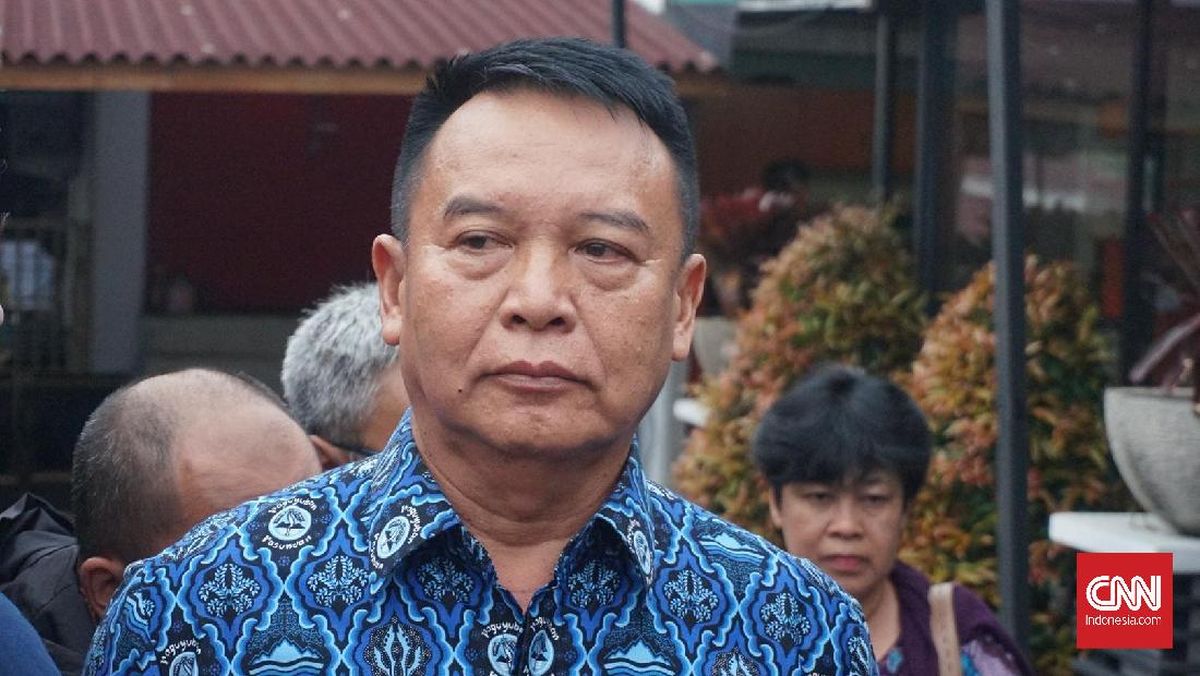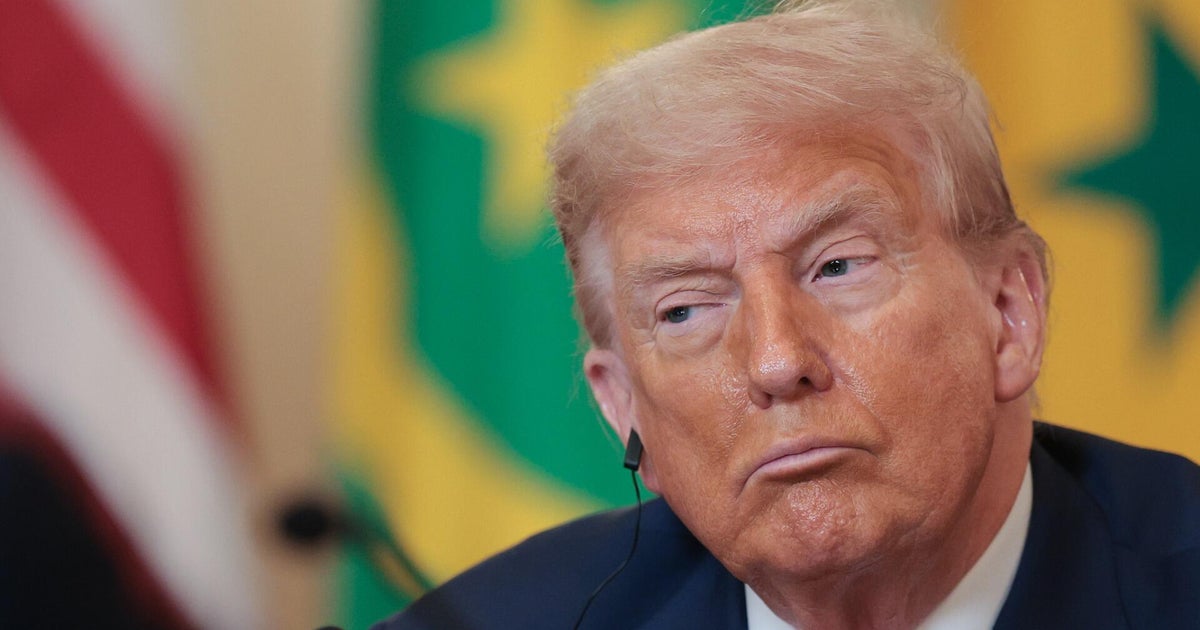If the US and China are engaged in a battle for 21st century economic superiority, Donald Trump’s One Big Beautiful Bill Act, and the threatening tariff letters he is sending out daily to other heads of state, signal an American retreat.
When the market capitalisation of Nvidia, whose sophisticated semiconductors are powering America’s artificial intelligence revolution, briefly surpassed $US4 trillion ($A6.1 trillion) on Wednesday, it could be interpreted as a sign of America’s technology supremacy.

US President Donald Trump during a ceremony for the signing of the One Big Beautiful Bill Act on July 4.Credit: Bloomberg
Nvidia’s success and dominance of its advanced chips might, however, eventually be seen as a high watermark and a missed opportunity for the US.
To drive the economic transformations that artificial intelligence promises requires masses of massive new data centres. Those centres, in turn, require massive amounts of energy, ideally cheap energy.
For Trump, his administration and the Republican majorities in Congress that he dominates, that energy will come from coal and gas.
Even as the One Big Beautiful Bill Act that Trump signed into law on July 4 provided tax credits to coal miners and cut the federal coal royalty rate, it also gutted subsidies, incentives and tax credits for solar and wind, electric vehicles and other “clean” energy technologies – the “cleantech” funding within former president Joe Biden’s Inflation Reduction and Chips and Science acts that Trump as labelled “the green new scam”.
That nascent boom in clean energy and cleantech that was just developing real momentum before Trump regained office, is now under threat.
That “scam” was having a powerful impact on the nature of America’s power grid.
Last year, more than 60 per cent of the new generating capacity added to the US electricity grid came from solar. In Republican-dominated Texas, about 30 per cent of its electricity last year was provided by solar, wind and batteries.
That nascent boom in clean energy and cleantech that was just developing real momentum before Trump regained office, is now under threat, as is the leadership Nvidia provides the US in one of the key technologies for the rest of this century.

Chip company Nvidia is the most valuable company in the US sharemarket. Its sophisticated semiconductors are powering America’s artificial intelligence revolution.Credit: Getty Images
Without access to vast amounts of cheap energy, the data centres that are the key source of demand for Nvidia’s chips will be built elsewhere. Middle Eastern countries, for instance, are making big pitches to US tech companies to locate their centres, powered by big new solar farms, in their region.
Neither Nvdia nor US tech companies more broadly are being helped by Trump’s passion for trade wars and tariffs, which will raise the costs of doing business in the US and throttle the supplies of critical inputs.
Even the oil and gas sector, which Trump has urged to “drill, baby, drill”, and for which the administration has committed to slashing red tape and opening access to federal lands, is complaining that his 50 per cent tariffs on steel and aluminium, and now copper, will significantly impact their costs and lead to reduced production.
Taiwan, Japan and South Korea are key participants in the US supply chain for semiconductors – Taiwan actually manufactures most of the advanced Nvidia chips.
Loading
Trump has threatened Japan and South Korea with 25 per cent tariffs (separate to the tariffs on their auto and steel exports to the US). Taiwan doesn’t appear to have received its letter yet, but in the list of “reciprocal” tariffs trump announced on April 2, it was supposed to be awarded a rate of 32 per cent. Trump has also foreshadowed a separate tariff on imports of semiconductors.
Taken together, with the One Big Beautiful Bill and Trump’s tariffs, America will become a higher-cost economy and one more dependent on fossil fuels for its energy, even though its gas sector doesn’t have the capacity to expand sufficiently to support the potential of America’s AI sector.
Elon Musk, who fell out with Trump over the One Big Beautiful Bill, which will add up to $US4 trillion to America’s deficits and debt over the next decade, has said the bill would destroy millions of American jobs and cause immense strategic harm.
“Utterly insane and destructive. It gives handouts to industries of the past while severely damaging industries of the future,” he posted on X earlier this month.
Loading
While America is retreating to the past on energy and trade, China is racing towards the future. The contrast – and the leadership China has created in key 21st century technologies – is stark.
Electrification of power is a – perhaps the – foundation for the new, energy-intensive economies that are in prospect.
China, perhaps inadvertently, has emerged as the most electrified of economies.
What started as a pursuit of energy independence and a reduction of its over-reliance on imported oil and gas more than a decade ago, has conferred global leadership in renewable energy and dominance of the sectors – solar panels, wind turbines, batteries and the global supply chains of the raw materials they consume – that enable renewable energy.
The success in renewables, the battery technologies it developed and China’s determination to gain energy independence and address a significant air quality issue, spawned success in electric vehicles and the electrification of its car and truck fleets, its rail networks and even its shipping.

China has made 45 per cent more electric vehicles this year.Credit: Getty Images
It is still adding coal-fired power to its grid, but nearly a third of its electricity is now generated by solar, wind and hydro and more than 70 per cent of the world’s utility-scale solar power plants now being built are in China. Before the end of this decade, about half China’s power is expected to come from low-carbon – solar, wind, hydro, nuclear and battery storage – sources.
The scale of its renewables sector and fierce competition between domestic companies caused by the original national subsidy-led focus on renewable technologies has led to continuous innovation and a continuous lowering of costs.
Loading
While the transformation of China’s electricity sector has not been without some current challenges – it has substantial over-capacity in its solar panels and EV manufacturing sectors that are generating deflation and trade friction, for instance – but as a platform for its economy for the next phase of this century, it is far more advanced than America’s.
China will be the dominant low-carbon economy, with energy costs that are lower than the US and a degree of electrification that is far greater.
It will have the capacity to power its own AI ambitions.
As DeepSeek demonstrated, with its cheaper version of ChatGPT, it also has the capacity and will to overcome America’s current dominance of the most advanced chips, and the co-operation of America’s allies (or at least its allies before Trump declared his tariff-based economic wars on them), with its attempt to deprive China of access to those chips and the technologies to manufacture them.
Trump truncated Biden’s effort to get America back into the technology race because of his scepticism of green energy, his desire to undo anything Biden had done and to help fund his unaffordable tax cuts for wealthy Americans even as Xi Jinping, despite China’s current economic challenges, is doubling down on his electrification and advanced manufacturing strategies.
Trump is raising America’s electricity costs and, thanks to his tariffs, the cost of inputs to US manufacturing more generally. His tariffs might hurt some of China’s export sectors, but China’s steel, aluminium, copper and other key inputs will be cheaper than America’s.
Trump, in his pursuit of the 20th century economy he appears to want for America, is gifting China competitive advantage in the industries that are critical to economic and geopolitical hegemony this century.
Most Viewed in Technology
Loading


















































